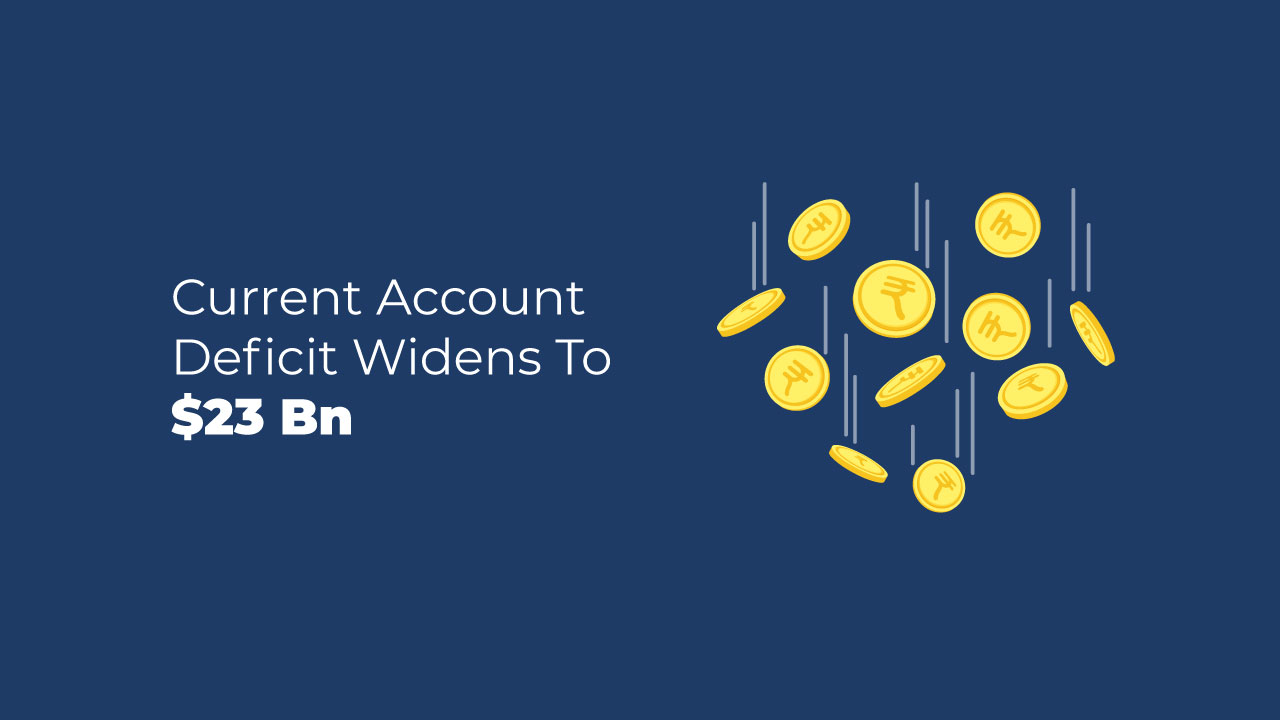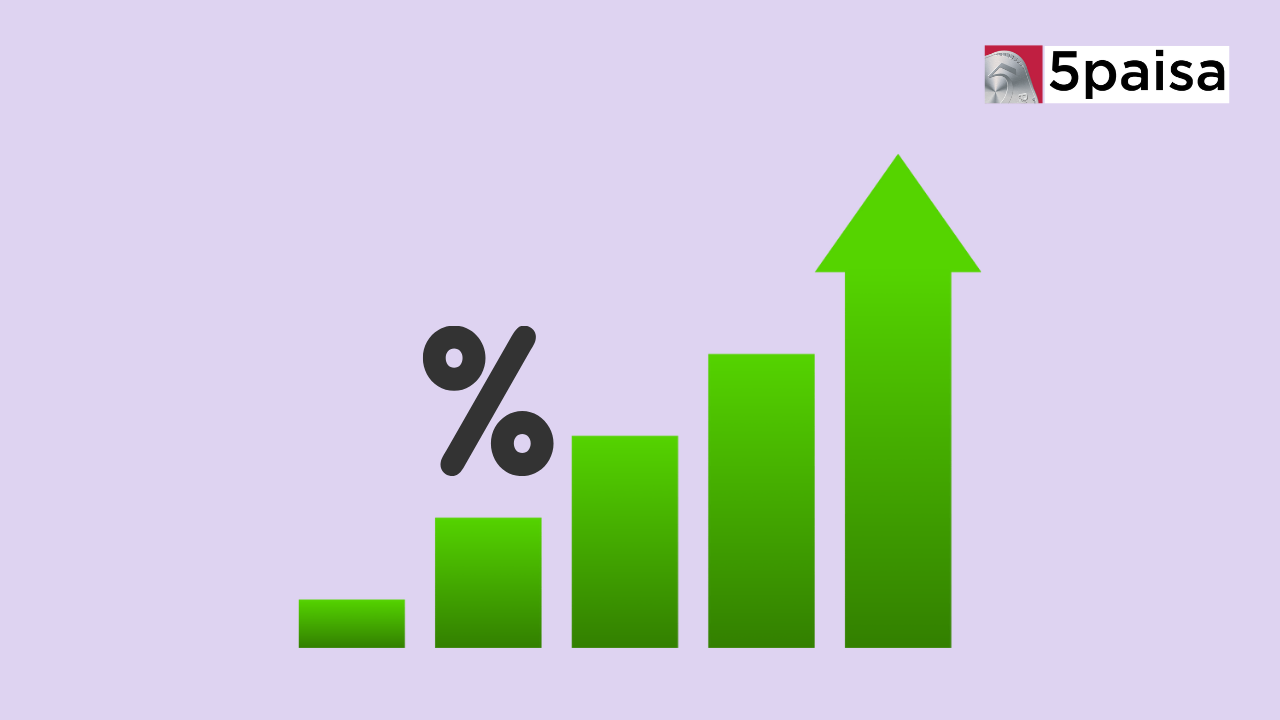Top New Year Stock Picks for 2025: Best Investment Opportunities
Current account deficit widens sharply in Dec-21 to $23 billion

Last Updated: 8th August 2022 - 07:03 pm
Do you know what exactly is the current account deficit. It is a combination of the trade deficit and the services surplus plus the impact of inward remittances and outward interest payments.
It is an important metrics as a spike in the current account deficit as a percentage of GDP normally results in weakening of the rupee and the likelihood of the sovereign ratings being downgraded. This normally results in sharp rise in capital outflows.
The Dec-21 quarter current account balance was reported on 31st March. There was little surprise in the widening of the current account deficit since the rise in imports had resulted in the merchandise trade deficit shooting up.
From a current account surplus of $6.6 billion in Jun-21, it went into a current account deficit of ($9.6) billion in Sep-21 and deepened further to a current account deficit of ($23.0) billion in the latest Dec-21 quarter.
Ironically, India had reported a solid current account surplus at the peak of the pandemic as that was when the imports were sharply down due to supply chain constraints.
For instance, the current account surplus stood at $19.79 billion and $15.51 billion in Jun-20 and Sep-20 quarters respectively. Current account deficit as a percentage of GDP widened to 2.7% in Dec-21 quarter. However, Apr-Dec 2021 CAD at 1.2% is lower than 1.7% in Apr-Dec 2020.
What factors resulted in widening of current account deficit?
For the Dec-21 quarter, the current account deficit slipped deeper to $23 billion compared to current account deficit of $9.6 billion in Sep-21 and a surplus of $6.6 billion in Jun-21 quarter. There were 3 key reasons for the sharp widening of the current account deficit.
1) Firstly, merchandise trade deficit (goods exports – goods imports) widened from ($34.6) billion in Dec-20 quarter to ($60.4) billion in Dec-21 quarter. Crude oil prices were one factor, but gold imports and supply chain hiccups caused spike in other imports too.
2) Of course, the services surplus did growth, but not fast enough. On a YoY basis, the services surplus grew from $23.2 billion to $27.8 billion, which paled in comparison to the near doubling of the merchandise trade deficit during the same period.

3) Primary outflows on account of investments pay-outs in the form of interest and dividends increased marginally on a sequential basis.
To sum it up, the one key factor that drove up the current account deficit in the Dec-21 quarter was the spike in merchandise trade deficit. It has been a combination of stocking demand for gold and other inputs, which is leading to a spike in prices creating a vicious cycle that is feeding on itself.
Breaking up the $23 billion current account deficit
India had reported current account surplus in FY21, due to the $35 billion surplus generated in Jun-20 and Sep-20 quarters. Ironically, it was COVID 2.0 that helped India report a current account surplus in Jun-21 quarter.
As imports picked up steam in Sep-21 and again in Dec-21 quarter, exports failed to keep pace; leading to widening of the current account deficit. The table below shows how the current account deficit was arrived at.
- Flat ₹20 Brokerage
- Next-gen Trading
- Advance Charting
- Actionable Ideas
Trending on 5paisa
Indian Stock Market Related Articles
Disclaimer: Investment in securities market are subject to market risks, read all the related documents carefully before investing. For detailed disclaimer please Click here.
 Sachin Gupta
Sachin Gupta
 5paisa Research Team
5paisa Research Team




